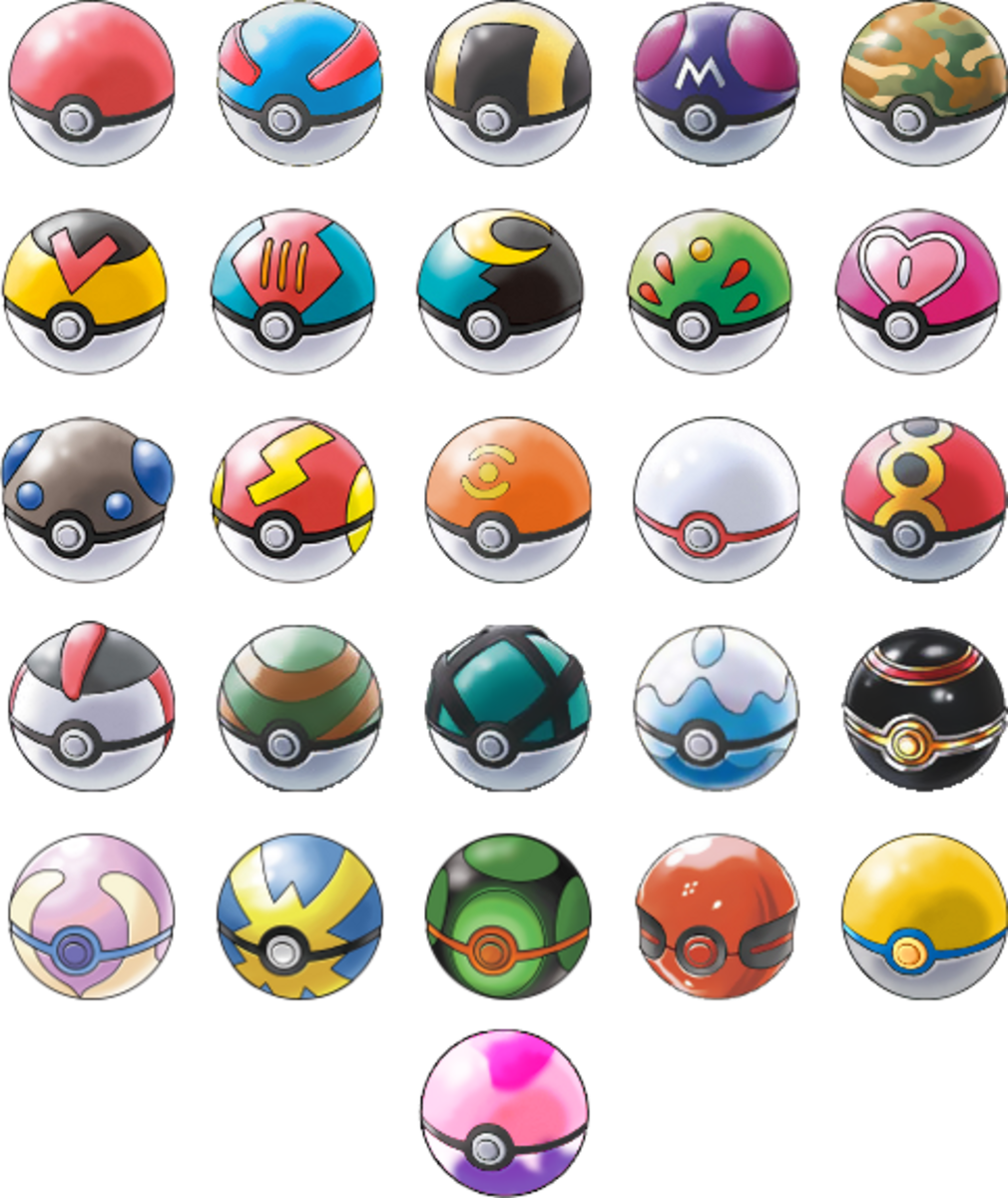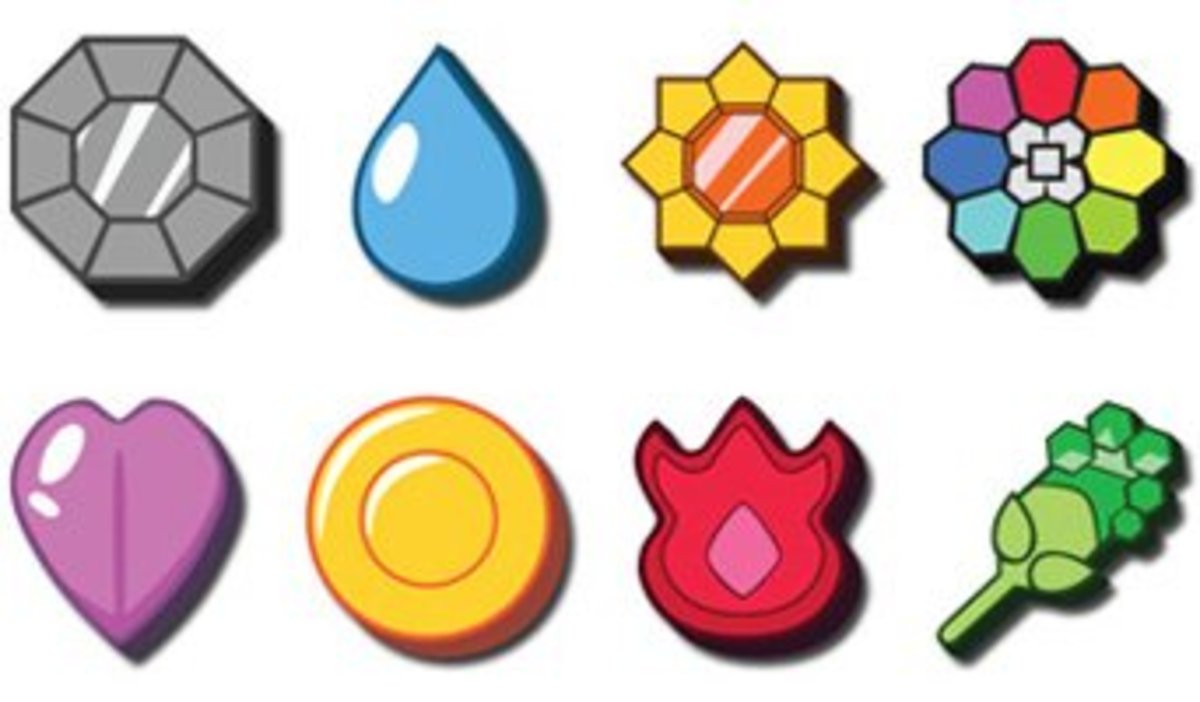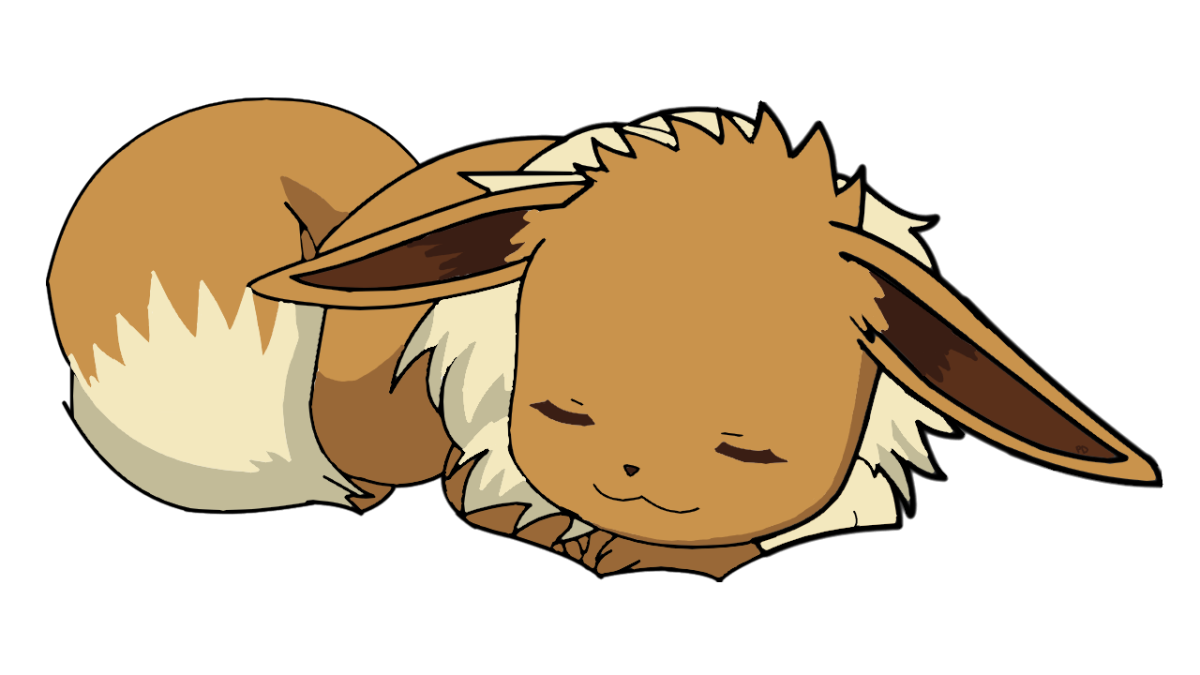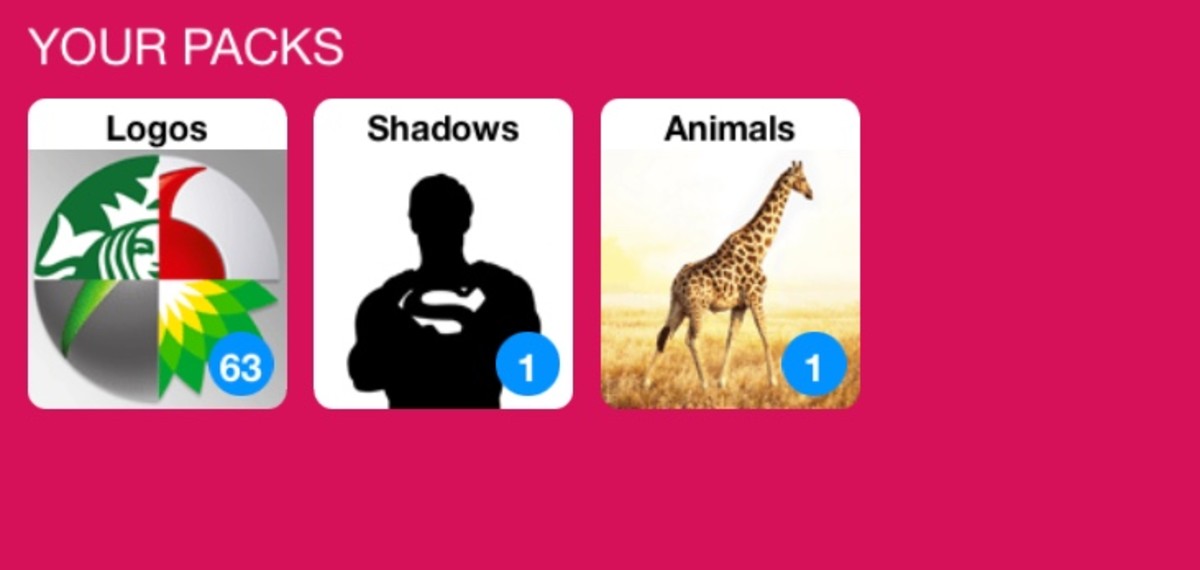Pokémon Go: Day 4 - PokéStop - Gelonysus Pokémon Journal

I didn’t have a lot of time today, so I wanted to find a PokéStop right away. I heard that churches usually have PokéStops or Gyms nearby. I started my day by heading over to the First Christian Church. It looks like my intel on churches was correct, because there was a PokéStop sitting right there at the front of the church steps. For my first spin I received 6 PokéBalls, 1 present and a 5km egg. An interesting observation, the white ring around the PokéStop disappeared after I had spun it. These white rings will help me identify PokéStops I have not visited yet. This can be important. You earn 250 experience points the first time you spin a PokéStop and 50 experience points for ones you have already visited. Those points can add up. So keep spinning.

There were a lot of Pokémon hanging around the First Christan Church that I had never seen before. I was overwhelmed by my choices. My instincts must have taken over, because without realizing it I went after the Skarmony. When confronted with this magnificent beast, I completely choked. My PokéBall went to the left and I missed by a mile. I didn’t let that phase me. I took a deep breath, waiting for it to stop moving around and threw my PokéBall. It landed with an excellent hit and the Skarmony was now registered in my Pokémon. That was an exhilarating experience. To catch a new Pokémon with an excellent throw is such a rush!!!

After the Skarmony, I decided to go for the Seedot. Friends had told me that these were some of the easiest Pokémon to catch and after the Skarmony, I didn’t want to push my luck. It proved to be more difficult than I anticipated. It broke out of the first 2 balls I captured it with. It was not until I got it in my PokéBall the third time that it finally stayed put. That was a good lesson for me to learn right away. There is no such thing as an easy catch.
The Hoppip floating up and down got my attention next. My hands must have been getting sweaty, because the ball slipped and went to the right. Luckily it just nicked the side of the Hoppip and it was forced into the PokéBall. I held my breath and waited until I saw the ring of energy surround my Pokémon showing me the Hoppip was safely secure inside.

Catching this new Pokémon got me enough experience points to be promoted to level 6. As a reward, I received 15 PokéBalls, 10 Purple Potions, 5 revives and another egg incubator. To my surprise, I was also awarded a medal for discovering 5 Pokémon from the Johto region. To get my next medal in this field of research, I’ll need to discover 30 Pokémon from the Johto region.

Since I was finally able to find a PokéStop to spin at, I was able to get a 5km egg. That means that I have to walk 5km with it, while it’s in an incubator. I can’t wait to see what is going to hatch! Upon putting my new egg in an incubator, I noticed that the one I got for reaching level 6 is good for 3 uses. After that, it will no longer work and I will have to get rid of it.

I had time to catch one more Pokémon. Which was a bit sad, because I had a lot more near me. I went for the Chikorita for two reasons. First and most importantly, I had not unlocked one from my Pokédex. Second, it had a weather boost. The weather boost means I would get 125 stardust for catching it instead of the normal 100 stardust. My teachers have warned me that stardust will be one of your most precious resources. You can’t power-up your Pokémon without it and there are only a few ways to collect it. I caught the Chikorita on my first throw, which was good since I was in a hurry.
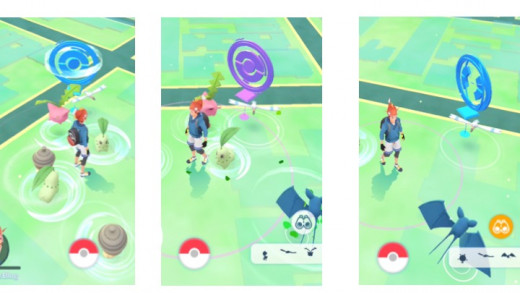
After I had collected my Chikorita, I noticed that the PokéStop I was hanging around had turned from purple to the light blue color it had been before I spun it. This means 5 minutes had passed since I first visited the PokéStop and I could spin again. If you have time to set up camp in an area with lots of PokéStops in range, it might be a great strategy for filling your item bag with lots of useful items. However, it will not give you any new research. You can only get that from any single PokéStop once per day. If you want lots of research, you’re going to have to visit lots of different PokéStops everyday.
Skarmory
Pronounced: skar-more-ree
Type: Steel/Flying
Region: Johto
Pokedex #: 227
Skarmory looks a lot like a condor and crane hybrid, but more deadly. This metallic bird Pokémon has razor-sharp wings that can move independently from each other. These wings become destroyed over time and become dull. However, every year these battered wings are shed and new wings grow to take their place. Their wings are so sharp, that in ancient times humans would use a Skarmony’s fallen feathers as swords. A Skarmory has become tough due to its harsh living conditions. It makes its nest in thorn bushes, where the constant scratching causes their skin to harden as babies until it becomes iron hard. There is a drawback to their metal skin. It will rust. When it rains, these Pokémon will hide in their dry nests. If you should make a Skarmory your buddy, please make sure to keep it dry at all times and protect that magnificent metal skin. While it might look solid, it’s bones and wings are actually hollow. This allows the Skarmory to reach speeds of up to 186 miles per hour.
All that armor makes the Skarmory a formidable opponent in battle. While it is weak against fire and electricity, it’s resistance list is impressively long. It only takes about 63% damage from ground, dragon, psychic, normal, steel, flying and fairy. Grass, bug and poison type Pokémon can only deal 39% of their damage. A Skarmory and learn Steel Wing and Air Slash for its quick moves. Flash Cannon, Brave Bird and Sky Attack are your main move options. If you plan on using your Skarmory offensively, Steel Wing and Sky Attack will be your best combination. For defense you will want to switch it to Air Slash and Sky Attack. It will have a weather boost in windy and snowy weather.
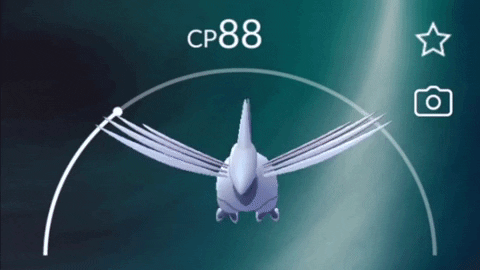
Seedot
Pronounced: see-dot
Type: Grass
Region: Hoenn
Pokedex #: 273
This acorn-like Pokémon is often mistaken for an ordinary nut. However, when it starts to move people get a quick fright before realizing they have actually come across a Pokémon. The short stem on top of its head allows it to hang from the trees. While attached to a tree’s branches, it absorbs water and food. It will continue to feed from a tree until it becomes too heavy and falls to the ground. You can tell how much water it has absorbed by its glossiness. The more it drinks, the glossier it becomes. A Seedot will also take the time to polish itself with leaves once a day. In their forest homes, Pidgey often hunts for Seedots, making them natural enemies.
The Seedot might not be effective in battle, but with a lot of love and 25 candies it will evolve into a Nuzleaf. Then you will be on your way to having a Pokémon ready to hold its own against other trainers. Until then, you are going to have to do a lot of training. The Seedot is vulnerable to fire, flying poison, bug and ice type Pokémon. It is resistant to water, grass, electricity and ground. Keep that in mind when picking your opponents. Quick Attack and Bullet Seed are going to be your two options in learning a fast move. For its main move set, you can choose between Grass Knot, Energy Ball and Foul Play. While going on the offensive, stick with Quick Attack and Grass Knot. For defense you will want to learn Bullet Seed and Grass Knot. Remember, Seedot gets a nice weather boost when it’s sunny out.
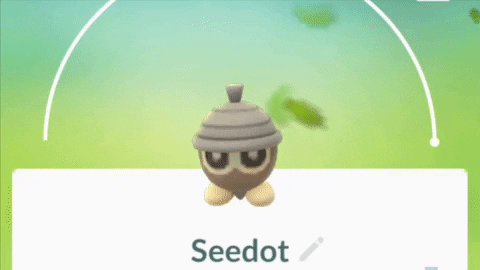
Hoppip
Pronounced: hop-pip
Type: Grass/Flying
Region: Johto
Pokedex #: 187
This round, pink Pokémon might be the same size as a Pikachu, but it is much lighter. A Hoppip only weighs about 1.1 pounds. It is so light, that a strong wind could blow it away. Luckily, it can sense a strong wind coming and either grip the ground firmly with its feet or join leaves with a large group to anchor itself to the ground. The long leaves on its head look very similar to the leaves found on dandelions. Although strong winds are scary, Hoppips enjoy floating in gentle breezes. They can often be found floating around grasslands, fields, mountains and even cities.
If you want to try out this Pokémon in battle, it's vulnerable to ice, fire, flying, poison and rock type Pokémon. It is resistant to water, fighting, grass and ground types. It can learn Bullet Seed or Tackle for its fast move. For its main move set you can teach it Seed Bomb, Dazzling Gleam or Grass Knot. A Bullet Seed and Grass Knot combination will be your best best for both offense and defense. Sunny and Windy weather will give this little Pokémon a nice weather boost.
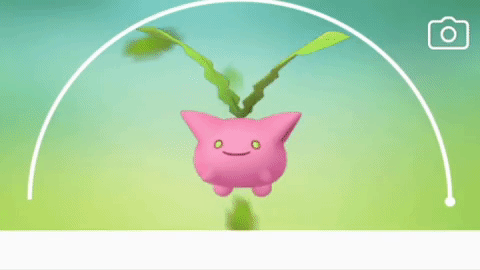
Chikorita
Pronounced: chick-oh-ree-ta
Type: Grass
Region: Johto
Pokedex #: 152
The most noticeable trait of the Chikorita is the long leaf on top of its head. This leaf, which is longer than its body, releases a soothing aroma. This scent is strong enough to calm opposing Pokémon into sleep during battle. The leaf is used by Chikorita in the wild to sense temperature and humidity, so it can find the sunny warmth to bask in. Sunbathing is their favorite activity. While they can naturally be found in grasslands, most have been claimed by trainers as a starter Pokémon. Their docile nature has made them the perfect companion for new trainers.
With its love of the sun, it should come as no surprise that this Pokémon gets a weather boost when it’s sunny outside. As a starter Pokémon, it’s a good chance you will be learning to battle with a Chikorita. This will be a good Pokémon against water, grass, electric and ground opponents. Although, it will be vulnerable to ice, fire, flying, poison and bug type Pokémon. It’s main attack moves can be Body Slam, Grass Knot or Energy Ball. You can train it in either Tackle or Vine Whip for its fast move. Using Vine Whip and Grass Knot together is an effective combination for both offense and defense.
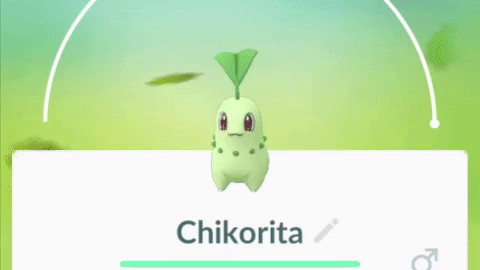
Previous Journal Entry

